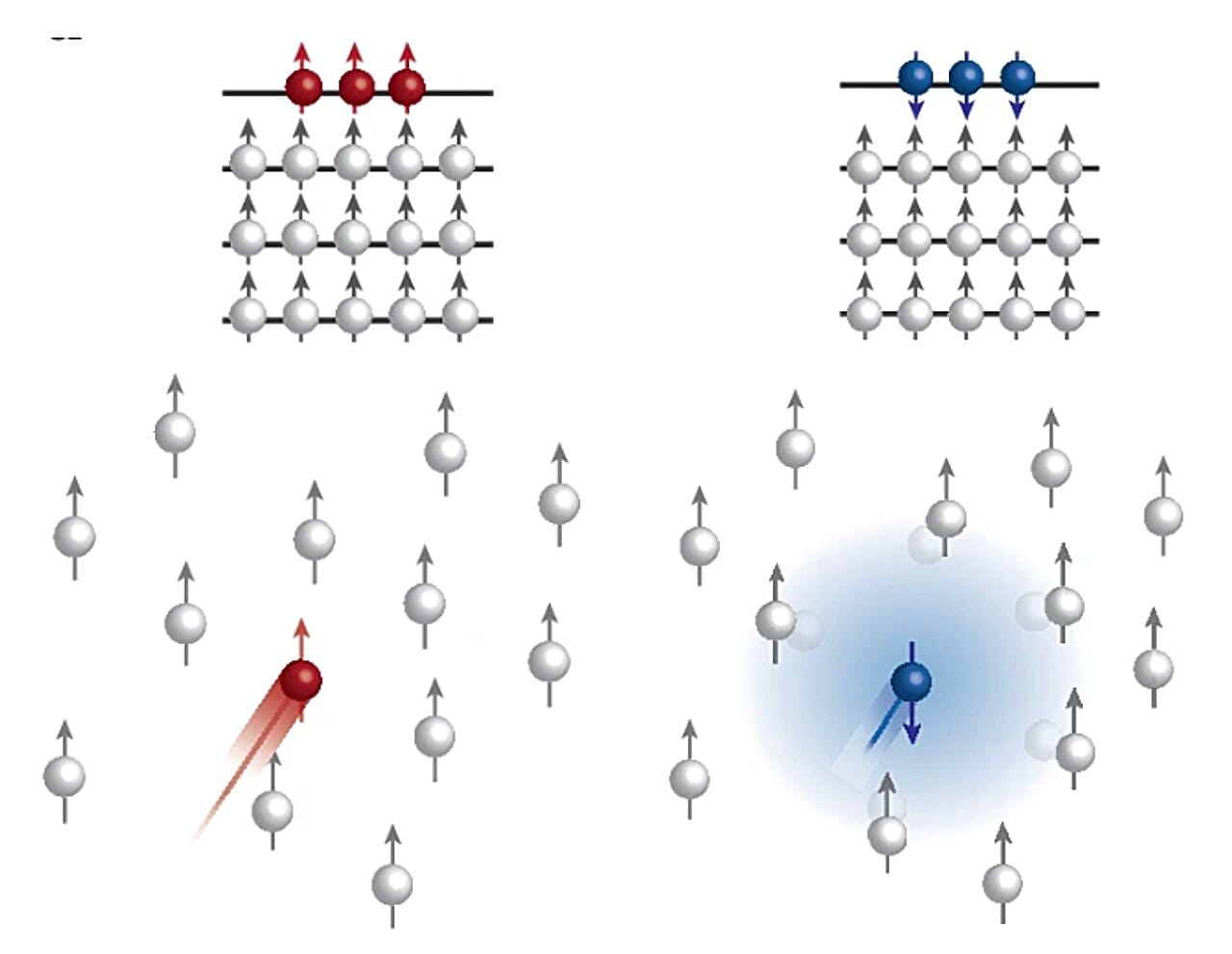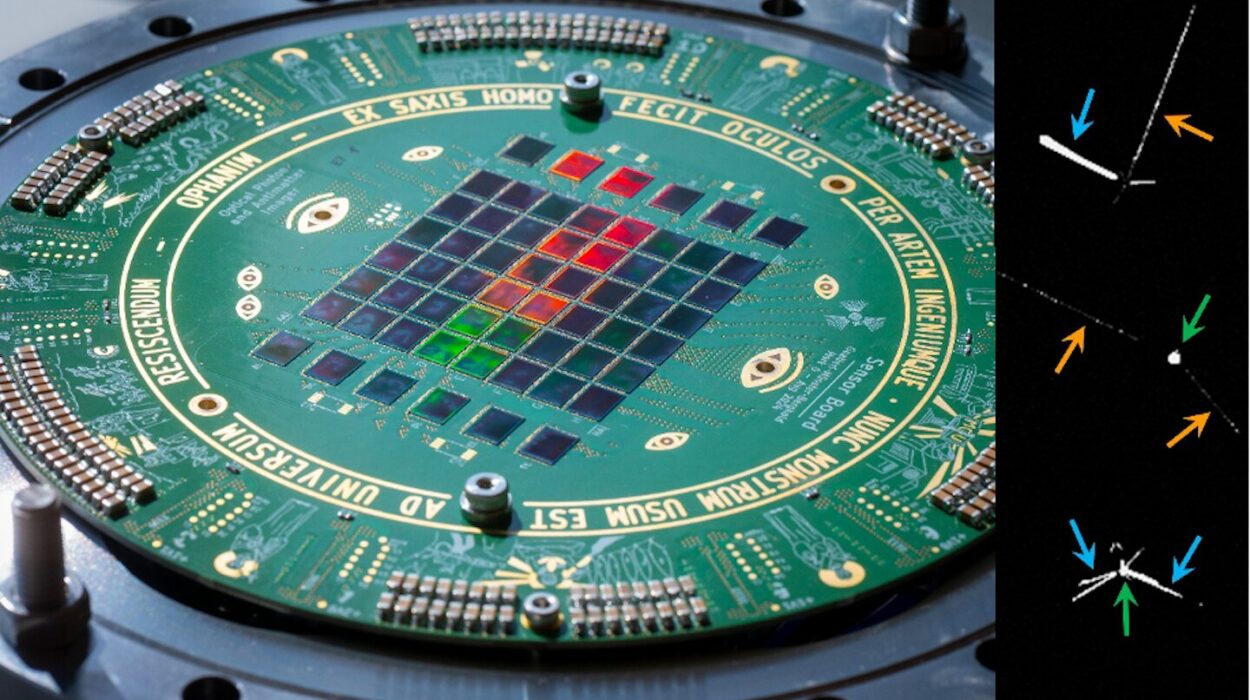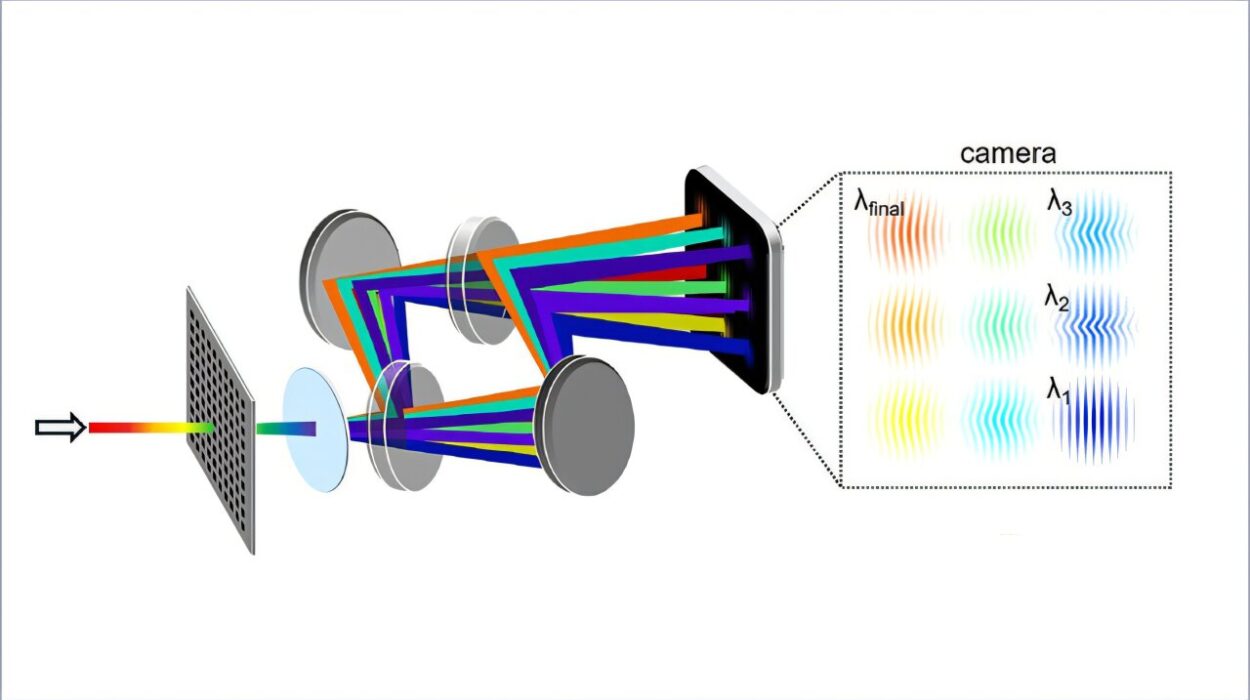Deep inside a lab brimming with powerful magnets and wafer-thin crystals, a team of scientists has discovered something that could change the way we build the computers, sensors, and data storage devices of the future. Their work offers a thrilling glimpse into a world where electrons don’t just carry charge—they carry secrets written in their spin.
Imagine a world where your phone barely sips power, where memory chips hold more data in smaller spaces, and where new technologies emerge from the exotic behavior of matter just a few atoms thick. That’s the promise of spintronics, and the latest research by scientists at Columbia University and the National High Magnetic Field Laboratory has brought it closer than ever before.
Their findings, published in Nature Physics, reveal a striking new way to control how electrons move—based on whether they spin “up” or “down”—all within a single, ultra-thin material. It’s a discovery that could help spintronics finally break free of bulky, complex device designs and become truly practical.
Beyond Charge: The Hidden World of Electron Spin
For over a century, electronics has relied on the flow of charge: push electrons through a wire, and you power a lightbulb or store a bit of information on a chip. But each of those electrons carries another secret property called spin—a tiny quantum compass needle that points either up or down.
“Spin is a fundamental quantum property of electrons, which—in a simplified picture—can be thought of like a tiny internal compass needle,” explains En-Min Shih, first author of the new study. “Spin lies at the heart of magnetism and plays a crucial role in many technologies.”
In devices like hard drives, information is stored by aligning millions of microscopic spins. But reading and writing that information usually requires intricate stacks of different magnetic materials—a complexity that makes devices expensive and sometimes energy-hungry.
So scientists have been asking a bold question: what if we could manipulate electron spin directly, in just a single layer of material?
The Promise of a Single-Layer Spin Filter
Enter tungsten diselenide, or WSe₂. It’s part of a family of atomically thin crystals known as transition metal dichalcogenides, cousins of the celebrated wonder material graphene. Unlike graphene, however, WSe₂ has a special property: under a magnetic field, it can sharply split energy levels between spin-up and spin-down electrons.
This means it might be able to sort electrons by their spin—like a sieve that lets only spin-up or spin-down electrons flow. And it could do so without needing to stack multiple magnetic layers.
“Our question was simple,” says Cory Dean, lead PI on the project. “Can we achieve spin-selective transport—where only electrons with a certain spin state can move—using just a single, non-magnetic material?”
A Journey Through Quantum Landscapes
To answer this, Shih, Dean, and their colleagues built high-quality WSe₂ devices and cooled them down under the colossal magnetic fields of the National High Magnetic Field Laboratory. There, electrons behaved in astonishing ways.
High magnetic fields cause electrons in two-dimensional materials to cluster into precise energy steps called Landau levels. Usually, these levels alternate between spin-up and spin-down states like rungs on a ladder: one up, one down, and so on.
But WSe₂ isn’t “usual.” Instead, several Landau levels in a row can all share the same spin orientation before switching. In earlier studies, Shih and her colleagues discovered that up to six consecutive levels might all host spin-up electrons before a spin-down level appears.
“What we realized in this new study is that when we looked at current flowing in the highest Landau level, it behaves similar to the sandwich structures used for magnetic memory,” says Qianhui Shi, co-first author of the paper.
Spins in Harmony—Or Opposition
Here’s where the magic happens: if the electrons in the highest occupied energy level have the same spin as those in the levels below, they move freely and conduct electricity well. But if their spin points the opposite way, their motion slows dramatically, or stops altogether.
In other words, the material naturally becomes a spin filter.
“When these carriers belong to the majority spin group, they can move freely and contribute to significant conductance,” says Shih. “When they’re in the minority spin group, their motion is effectively suppressed—they become localized, and conductivity drops sharply.”
This effect isn’t subtle. Under the right conditions, the material’s conductivity plunges to practically zero for electrons of the wrong spin—a true “off” state for spintronic devices.
Quantum Tug-of-War
Why does this happen? The answer lies in the invisible forces binding electrons together.
“When the mobile carriers have a different spin from the background, they experience strong Coulomb interactions with the immobile charges,” explains Kun Yang, the team’s theoretical collaborator. “They are essentially dragged by the background immobile charges and are forced to move slowly or even not at all.”
But when spins align, the Pauli exclusion principle—a fundamental rule of quantum mechanics—keeps electrons from crowding together too closely. Matching spins simply glide past one another, avoiding those disruptive interactions.
This dance of quantum forces transforms WSe₂ into a powerful spin filter without the need for complicated magnetic layering. And since researchers can adjust the energy levels using electric or magnetic fields, they can “tune” the material’s spin-selective behavior at will.
Opening Doors for Future Technology
Spintronics has always held out the promise of faster, smaller, and more energy-efficient electronics. But until now, achieving spin selectivity has required complex engineering—stacking different magnetic materials in delicate heterostructures.
This new study suggests a radically simpler path.
“In contrast to magnetoresistive heterostructures with spatially separated magnetic domains, this mechanism achieves spin filtering within a single material,” says Dean. “Furthermore, since we can tune the Fermi level to reside in either the spin majority or minority levels, the spin selectivity is highly tunable.”
The team’s findings may help pave the way toward spintronic devices that are not only more compact and cheaper to manufacture but also easier to integrate into existing electronic architectures.
Beyond Magnetism: Twisted Layers and Optical Control
Intriguingly, this spin-sorting effect might not even need a magnetic field at all.
“Moiré structures, such as those formed by twisting two layers of WSe₂ by a small angle, host flat bands that resemble the Landau levels produced but without requiring the magnetic field,” explains Shi.
Even more exciting, the effect they’ve observed isn’t tied only to the electrons’ “real” spin. It also involves a property called valley pseudospin—a quantum label tied to how electrons traverse the material’s atomic lattice. Valley pseudospin can potentially be manipulated using light rather than magnetic fields, opening an entirely new toolbox for designing spintronic devices.
“This could be significant for future technology opportunities,” Shi says. “Valley pseudospin may be manipulated with optical rather than magnetic fields.”
A New Dawn for Spintronics
For decades, spintronics has been a tantalizing frontier—a realm where quantum physics might transform everyday technology. Now, thanks to the unexpected behavior of electrons in atomically thin WSe₂, scientists may have discovered a simpler, more elegant way to harness the power of spin.
What began as a fundamental question—can a single material sort spins?—has become a thrilling possibility for future devices. And if history is any guide, the quantum secrets revealed in a few layers of tungsten and selenium could someday ripple out into the technologies we carry in our pockets and homes.
Spin, it seems, is ready to take center stage.
Reference: En-Min Shih et al, Spin-selective magneto-conductivity in WSe2, Nature Physics (2025). DOI: 10.1038/s41567-025-02918-5






